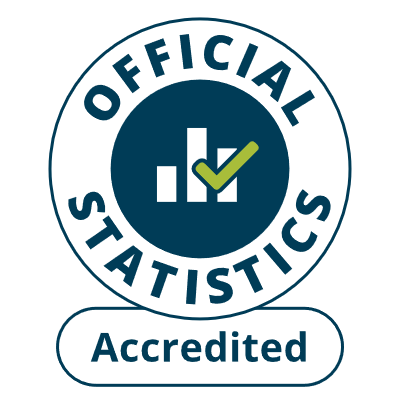
 Emergency ambulance calls and responses to red calls, by LHB and year
Emergency ambulance calls and responses to red calls, by LHB and year
None
|
|||||||||||||||||||||||||||||||||||||||||||||||||||||||||||||||||||||||||||||||||||||||||||||||||||||||||||||||||||||||||||||||||||||||||||||||||||||||||||||||||||||||||||||||||||||||||||||||||||||||||||||||||||||||||||||||||||||||||||||||||
Metadata
- Summary information
- High level information
- Keywords
- Weblinks
- Statistical quality information
- Open Data
General description
Since April 2014, Local Health Boards have been responsible for providing emergency ambulance services (999 calls) for their local residents; the Welsh Ambulance Services NHS Trust (WAST) is commissioned to deliver emergency ambulance services on their behalf.As announced in a statement by the Deputy Minister for Health, a new clinical response model was implemented in Wales from 1 October 2015.
The new model has three new categories of calls – Red, Amber and Green:
• Red - Immediately life-threatening (someone is in imminent danger of death, such as a cardiac arrest). There is a target for 65 per cent of these calls to have a response within 8 minutes.
• Amber- Serious but not immediately life-threatening (patients who will often need treatment to be delivered on the scene, and may then need to be taken to hospital). There will be no time-based target for amber calls; instead a range of clinical outcome indicators will be introduced to measure the quality, safety and timeliness of care being delivered alongside patient experience information, which will be published every quarter.
• Green - Non urgent (can often be managed by other health services) and clinical telephone assessment. There is no official time based target for these calls.
Running calls (operational crews who arrive at the scene of an unrecorded incident without prior receipt of an emergency call) are counted as red calls, as are calls answered by either a Health Care Professional on Scene with a Defibrillator (MEDIC), or a Public Access Defibrillator (PAD).
Health Care Professionals¹ (HCP) Urgent & Planned Calls are identified as green; where an HCP call poses an immediate threat to life, these calls will be prioritised according the final Medical Priority Dispatch System priority.
¹ Doctor, General Practitioner, Emergency Care Practitioner, Nurse, District Nurse, Midwife, Paramedic, Dentist, Approved Social Worker.
As a result of these changes, nearly all of the data from the trial is not comparable to that for before October 2015. Some of the differences include:
• Call categories A & C have been removed and replaced by colour coding.
• Call handlers are allowed up to an additional two minutes to accurately identify both the severity and nature of a patient’s condition (for those calls that are not immediately life threatening), and the clinical resource they require before dispatching an ambulance.
• A small proportion of calls that were classed as red 2 calls have been moved to the red category and a proportion of calls have been re-categorised from red 1. This means that comparisons cannot be made between performance against the old red1/2 categories and the current red category.
• The changes will result in a reduction in the number of calls received with a time target.
• An 8 minute response time target is only applied to red calls and therefore comparisons of the 8 minute target performance cannot be made for before and after 1 October 2015.
The total number of calls received prior to 1 October 2015 can still be compared with total calls under the current model. This is done by adding in the GP urgent calls - which were classed as urgent not emergency - prior to December 2011.
Therefore only overall call volumes can be compared over time, whilst all other measures during the trial period can only be compared within the trial model.
CHANGES DURING THE TRIAL:
From 11 November, calls which are originally coded as amber or green and during the initial call taking process the patient deteriorates, these are then re-coded through Professional Question & Answering or by the use of a manual dispatch code/override to red. For these calls, the clock start is re-registered as the time the call is re-coded to red.
Calls which are originally coded as red and during the initial call taking process the patient’s condition improves these are then re-coded through Professional Question & Answering or by the use of a manual dispatch code/override to amber or green depending on condition. For these calls clock start is re-registered as the time the call is re-coded to amber or green.
The overall impact of this meant that – from 11 to 30 November - an additional 37 calls arrived at the scene within the 8 minute target time, increasing the percentage arriving within the target time by 2.2 percentage points.



 2016-17
2016-17